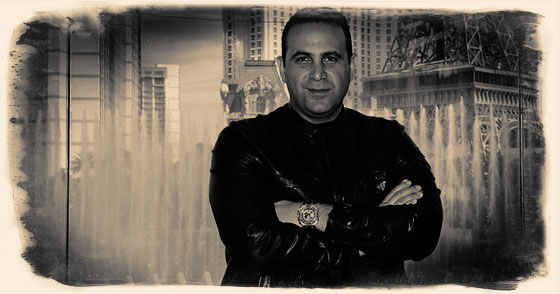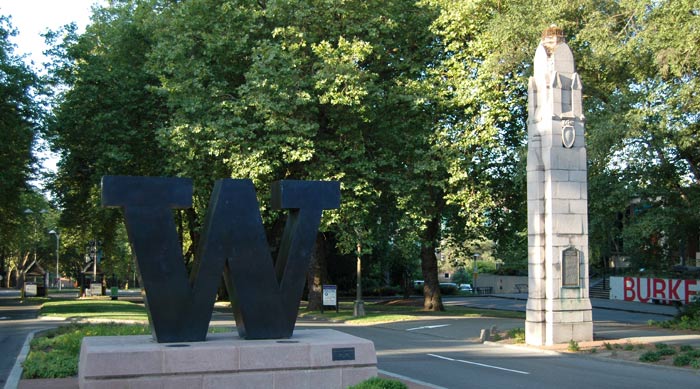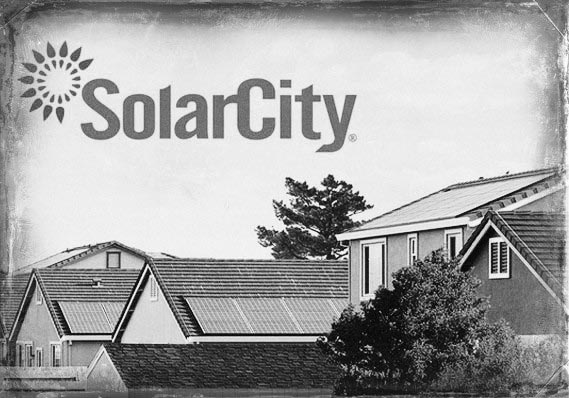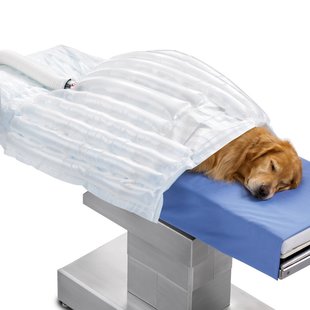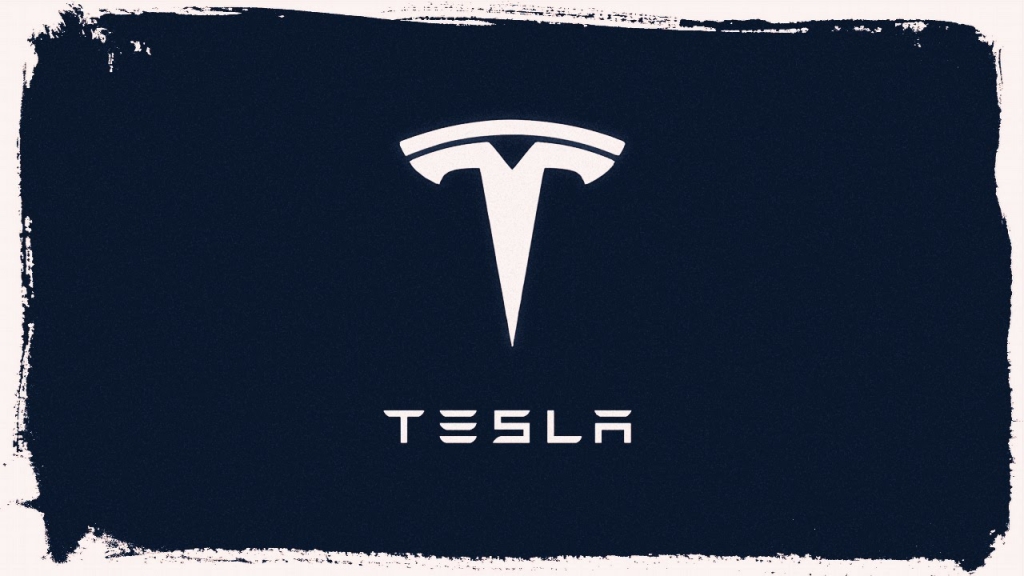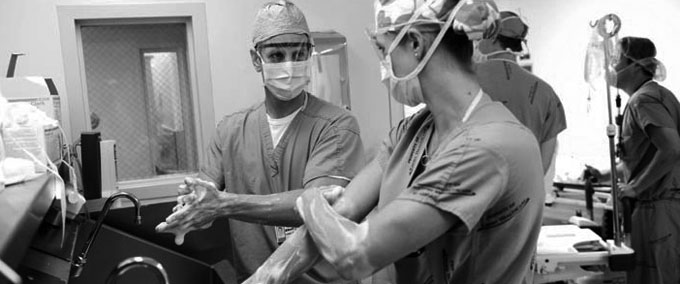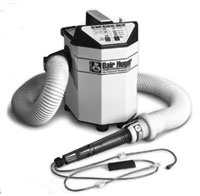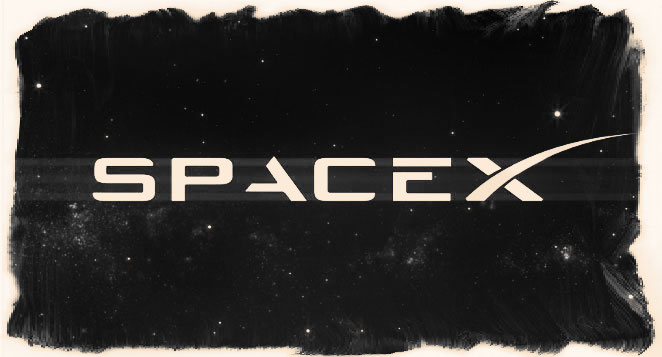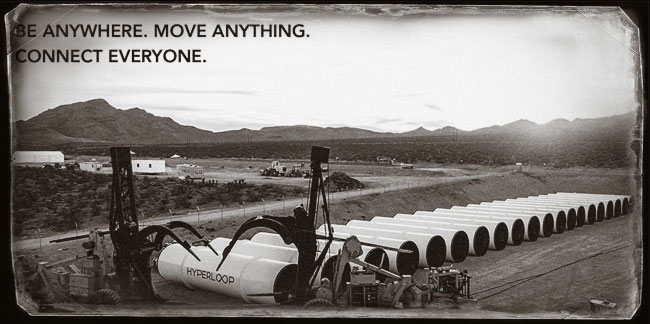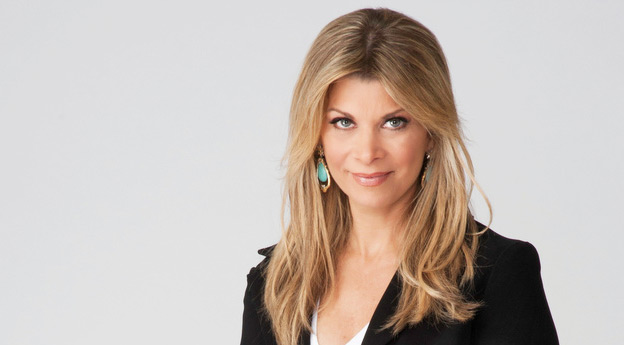Joel Hyatt Launches New Start-up Globality

Backed by $37.5 million in funding, Globality aims to ‘make globalization work’ by bringing SMEs and large corporations together
Seattle, WA – Globality debuted today as the first global business-to- business marketplace that will pave the way for small and medium-sized companies to become more active in the global market.
Founder of Globality, Joel Hyatt, officially launched Globality after two years of gathering investors and a team of high-powered industry leaders. Hyatt tweeted this morning, “@GlobalityInc is officially live! Proud of our great team. Our mission is to make globalization work.”
“We understand why people want to reject globalization?—?they see benefits only flowing to the largest companies and the richest individuals,” Hyatt wrote in a recent blog post.
“But the problem is not that globalization exists; the problem is how it functions. We want to get more people involved in globalization. We want to drive the benefits of globalization deeper into the world’s economies.”
Globality is a return to Hyatt’s beginnings in the business world. In 1977, he co-founded Hyatt Legal Services, which focused on providing legal services to middle and lower income families nationwide.
Per a Fortune Business article, “Globality, matches multinational companies with prequalified specialists in countries where they have a limited on-staff presence. Often, these consultants are small, not business partners that would not typically have relationships already.”
Traditionally, these smaller companies haven’t had access to the large multinationals because it is too costly to qualify companies operating in all these different markets, said Dennis Nally, a Globality board member and former chairman of PricewaterhouseCoopers. This changes the procurement process.
Globality was co-founded by Hyatt and Lior Delgo in 2015. The company currently has a staff of 75 people in Silicon Valley and London. It is backed by $37.5 million in funding from former Vice President Al Gore; John Emerson, U.S. ambassador to Germany; Ken Goldman, CFO of Yahoo; Jim A. Johnson, director of Goldman Sachs; Michael Marks, founding partner of Riverwood Capital; David Rosenblatt, CEO of 1stdibs; Jeff Sine, co-founder and managing partner of Raine; and Yechiam Yemini, and professor of computer science at Columbia University, among others.
Globality board members include high-powered technology and business leaders Juliet de Baubigny, Senior Partner, Kleiner Perkins Caufield & Byers; Ron Johnson, CEO of Enjoy; John R. Joyce, former CFO of IBM; Dennis Nally, Former Global Chairman of PwC; and Mark Vorsatz, Managing Director and CEO
of Andersen Tax.
###
About Globality
The inspiration to start Globality is based on the belief that helping small and midsize businesses to become players in the global economy is the most important way to address globalization’s challenges. We’ve created a cross-border business platform that combines artificial intelligence and industry expertise to match clients with pre-vetted, highly qualified small and midsize service providers around the world and enables them to do business together seamlessly on a secure platform.
Media Contact:
Bite Communications for Globality
Bethany Mullinix
media@globality.com
If you’re interested in reading more about Mr. Hyatt, Here is one of his more recent articles about Globality.
Fortune
7 Tips for Building a Successful Company
Joel Hyatt
http://fortune.com/2017/05/10/globality-ceo-building-successful-company/

